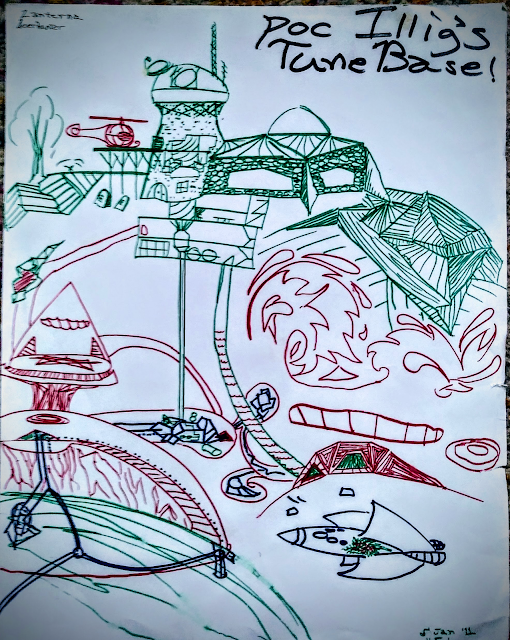Orbs of the Terhume Diaspora
Orbs of the Terhume Diaspora
618. As many as one star in twenty of FGKM types have autochtonous life. An Earthlike, shirstleeve-habitable planet has never yet been found in the [REDACTED] hundred decamillennia of the Diaspora. Proteins, trace elements, mutations and diseases particular to the interactions of two or more biologies all require either gear unique to a narrow class of planets, or surgical or genetic modification for shirtsleeve colonying up.An alien biome requires centuries of domestication and typically results in the obliteration of 80% or more of native life. The modern Terhumene frowns upon such acts. Millennia and decamillennia are required for the typical unliving domestication targets, such as Venus, Mars, and Lune in the Zeroeth Age, and Sigma Draconica in the legend-haunted First Age. Domestication possibilities are dramatically sped up at the Fourth praxic plateaux, notably under the Machinic Secòndment, when slipstream mastery leads to deep galactic exploration. Famous worlds from the Second Age include New Caledonistan, Śkaś-Magog, Achernar Prime (Arhazrn), Ctaabrawk, Gishgish Gish, Tfvhahra, Diamondra Major, The Planet that Must Not be Named, and Kçhāraān: all successfully domesticated to suit archaic terhume life.
An ideal domisticator has sheltered valleys, craters, canyons, equatorial depressions, or other geography to constrain volatiles and temperature within a small region; the Chthonic mode of massive subsurface excavation often parallels and competes with planetary surface modification. Ironically, Chthonic cultures are often sufficiently Uranic in orientation as to preclude settling so close to a star that undomed life is possible.
The crop of green and pleasant worlds from the Sophontic Aera date to periods of rapid, advanced, and often violent domestication: the Revanche and the Discoördination in the Third Age, the Final Refluxion of Diamondra Major in the Fourth, and most critically, the Verdure Wars of the Sixth, when the Diaspora entered regions previous conditioned by long-extinct xenosophonts with a taste for water and oxygen.
These sophonts, postulated to have flourished in the Triassic Era of the Home World, relished very earthlike worlds. A whole raft of locally evolved successor species live or lived in the Verdant Expanse, with several related families of sophontry existing across many stars. It is as if the terhume diaspora were emptied of the Children and thinking machines, leaving the moreauvian felids, canids, megalemurs, procyons, corvids, psitticines, and cephalapodes in charge, and later owners descend from rodents, roaches, and intestinal florae.

Comments
Post a Comment